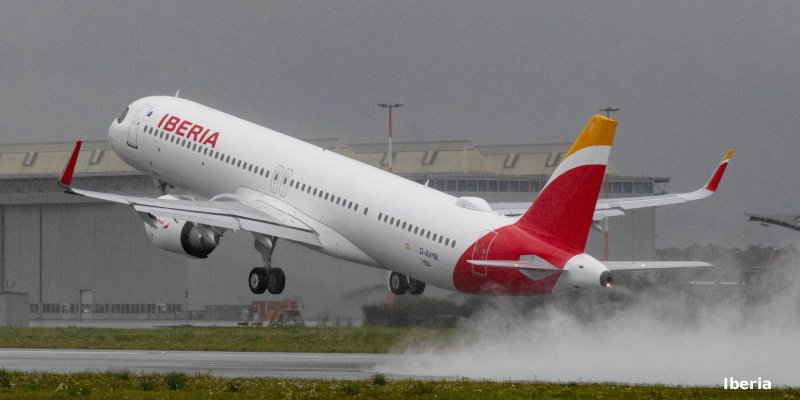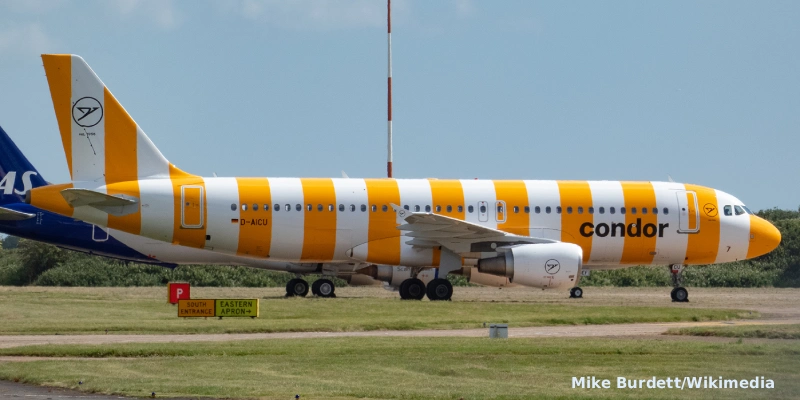After six months of ceasing operations and two months of reopening the skies, the air market is beginning to show signs of recovery, but also of a recomposition. In this new dynamic, Viva Air and Latam seek to increase their participation and thus take away ground from Avianca.
See also: Avianca and Brazilian airline Gol extended their codeshare agreement.
Precisely, this airline closed 2019 being the leader with more than 50% of the market of passengers mobilized. However, since September 1st and November 2nd, the airline dropped to 40%. The opposite is the case of Viva Air, which last year had a 15% share and which in this new normality rises to 24%, according to Aerocivil data. On its part, Latam remained stable and seeks to close the year with a 30% share, reported José González Bell from La República.
Although the airlines are not yet operating at 100% capacity, the companies’ actions and plans for new routes are a sign of the struggle for greater prominence in the domestic market.
See also: Avianca resumes flights between Bogota and Barcelona (Spain).
“We believe that the effects of the pandemic, which have meant the restructuring of some airlines, represent an opportunity for the air market to become more dynamic and equitable. That is why it is important to promote a fair and competitive environment for all airlines,” said Felix Antelo, president of Viva Air. Currently, the company operates 19 routes in the domestic market and expects to resume 90% of operations by the end of the year.
As part of this strategy to strengthen the market, they recently announced the launch of three new routes connecting Cali to Bogotá, Barranquilla and Santa Marta.
Meanwhile, Santiago Alvarez, director of Latam Colombia, said that in November they will operate 17 of the 20 domestic routes they had before the pandemic and expect to operate at 50% of their installed capacity. In terms of market share, they announced that they will reach a historical figure of 30% compared to 23% they had at the beginning of the coronavirus pandemic.
The airline’s bet is to open more routes and thus gain ground. At this moment they are in the process of obtaining permits from Aerocivil to operate the routes Bogotá – Pasto, Bogotá – Armenia and Cali – Barranquilla.
“The pandemic has had devastating effects on the airline industry, but at the same time it is opening up opportunities to re-accommodate the market. We think this is a market where we can reach a third of the share and we are working in that direction,” said Alvarez.
Avianca, the market leader with 29 active routes, does not plan to launch new routes, but it does plan to increase frequencies.
For its part, Wingo already has seven active routes in the domestic market. They expect to close the year with nine and are evaluating the opening of new destinations. The airline added three new routes that it did not operate before.
Easyfly completes the reactivation of 29 direct routes throughout the country. Alfonso Avila, president of the company, preferred to be more cautious about the possibility of a strong recomposition in the market, because the offer has not yet recovered.
The truth is that, in this new normality, customer service and financial management are key to competition.
Related Topics
Iberia to Fly Between Madrid and Toronto Starting in June with Airbus A321XLR
Lufthansa to Receive a Special Livery Boeing 787-9 in December for its Centenary
Condor Announces New Route to London and Return to Tbilisi and Sulaymaniyah
Madrid-Barajas Airport mobilized over 6 million passengers in October, a 6.3% increase
Líder en noticias de aviación




